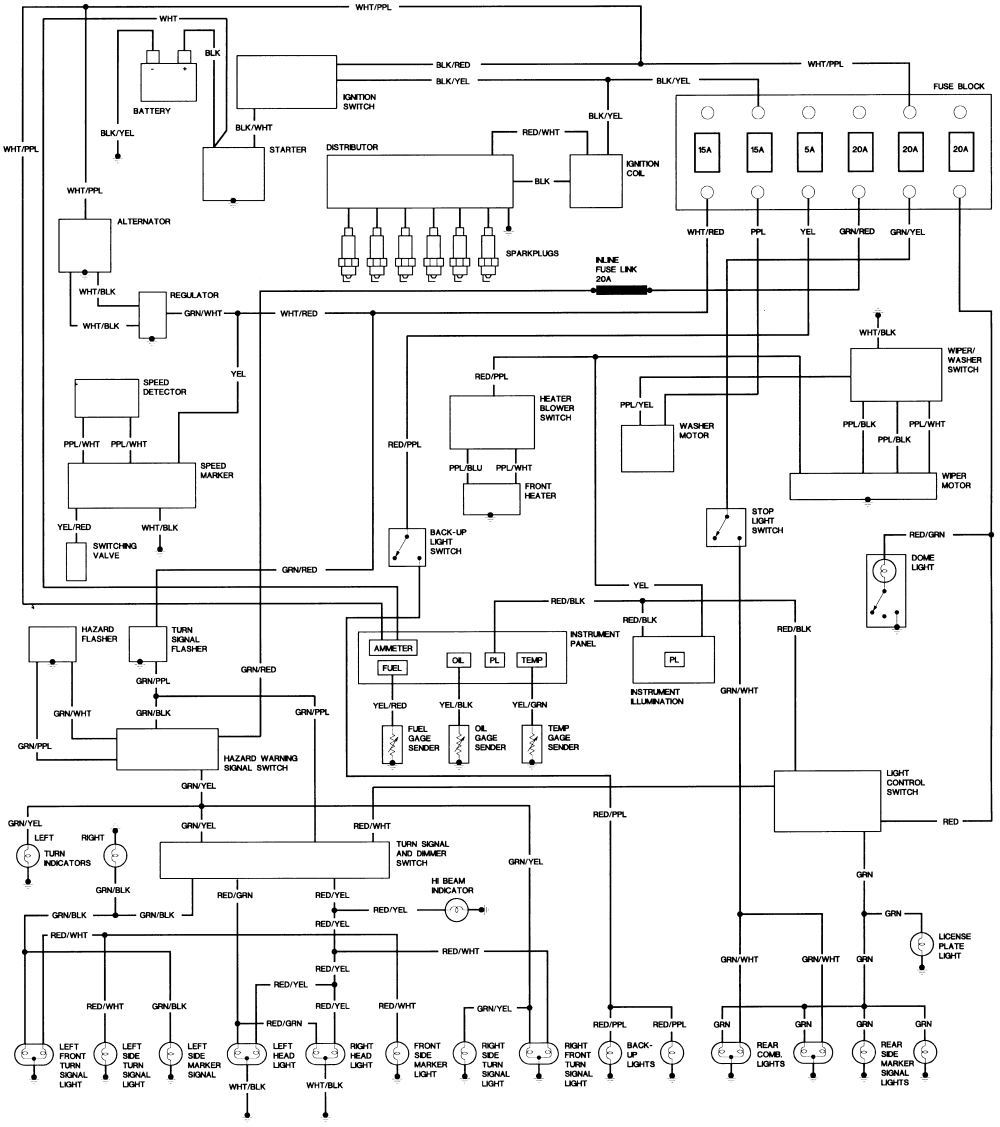I'm trying to fire up a '73 F engine that has a Pertronix ignition installed. I am not getting spark and I question if the coil has been wired correctly. This is a 3.0 ohm coil.
On the + post of the coil are three wires:
Red that runs to distributor
Black with yellow stripe from stock wiring harness
Wire from ignition wiring
With ignition on there are 12 V at this post.
On the - post of the coil is one wire, black running to the distributor. With ignition on this post also reads 12 V.
Too loose wires, a black wire with black heat shrink, ignition on this wire reads 12 V.
Black with white stripe, with red heat shrink, ignition on this wire reads 0 V.
Wiring was done by a PO and I am questioning if it was done correctly.

On the + post of the coil are three wires:
Red that runs to distributor
Black with yellow stripe from stock wiring harness
Wire from ignition wiring
With ignition on there are 12 V at this post.
On the - post of the coil is one wire, black running to the distributor. With ignition on this post also reads 12 V.
Too loose wires, a black wire with black heat shrink, ignition on this wire reads 12 V.
Black with white stripe, with red heat shrink, ignition on this wire reads 0 V.
Wiring was done by a PO and I am questioning if it was done correctly.


